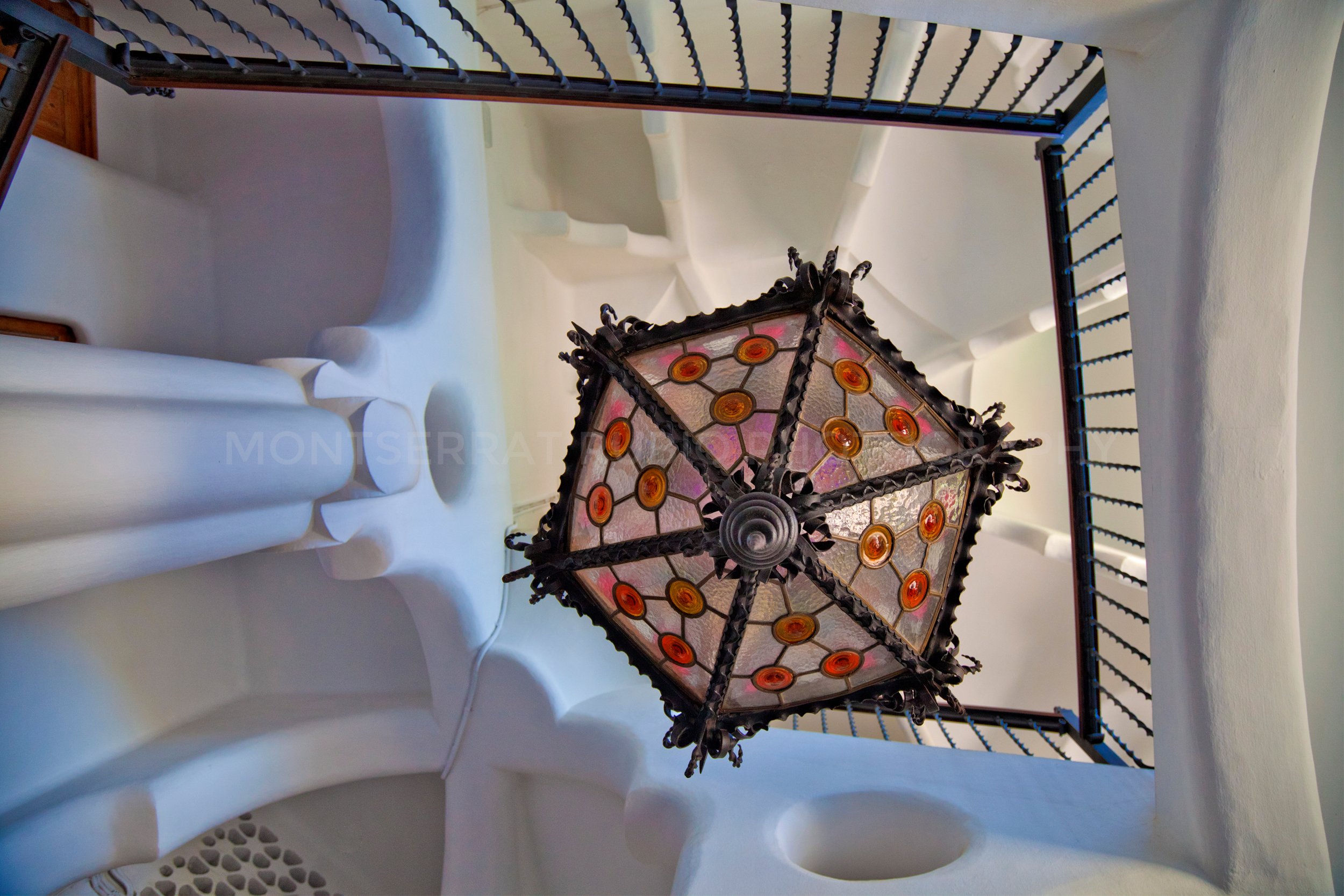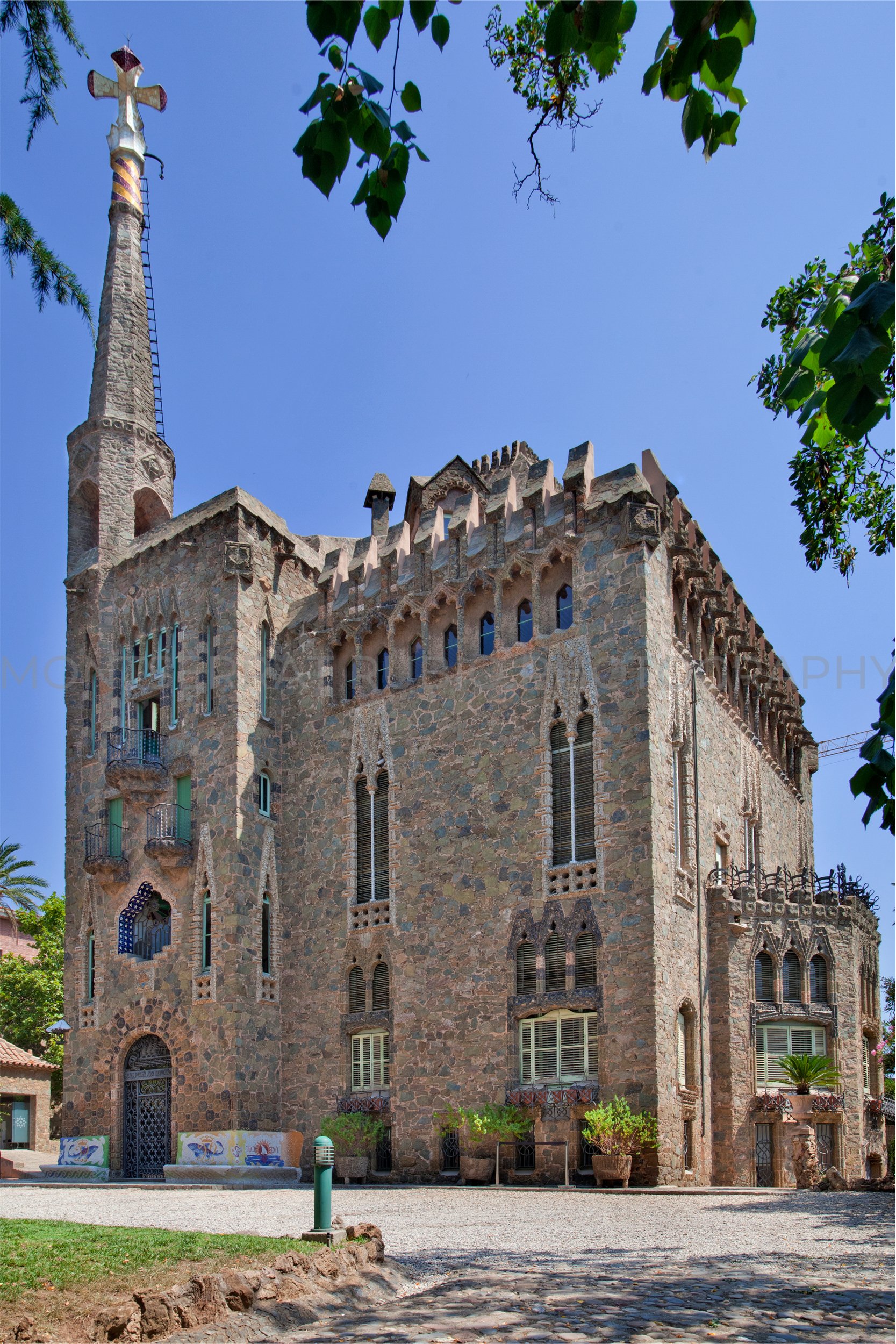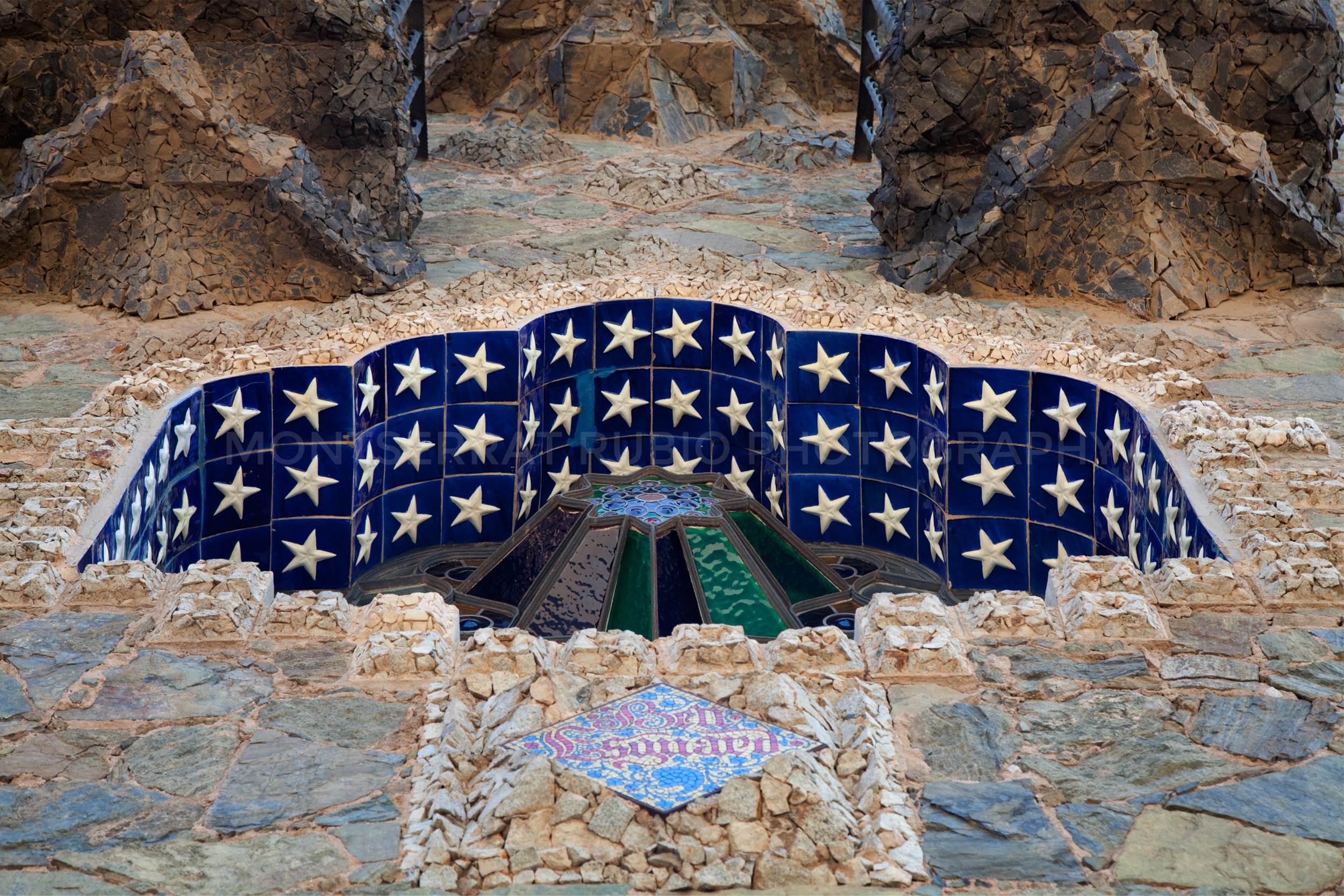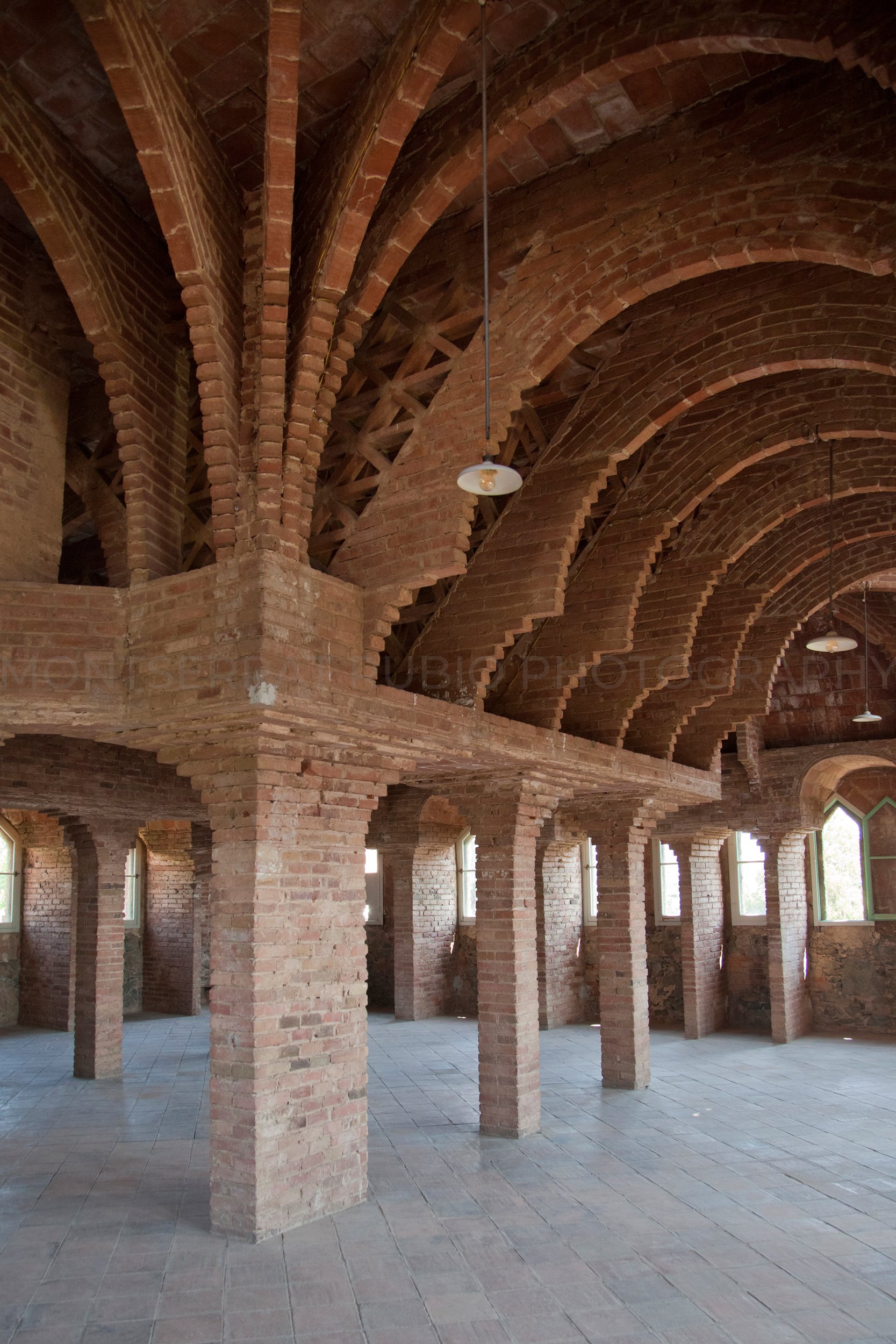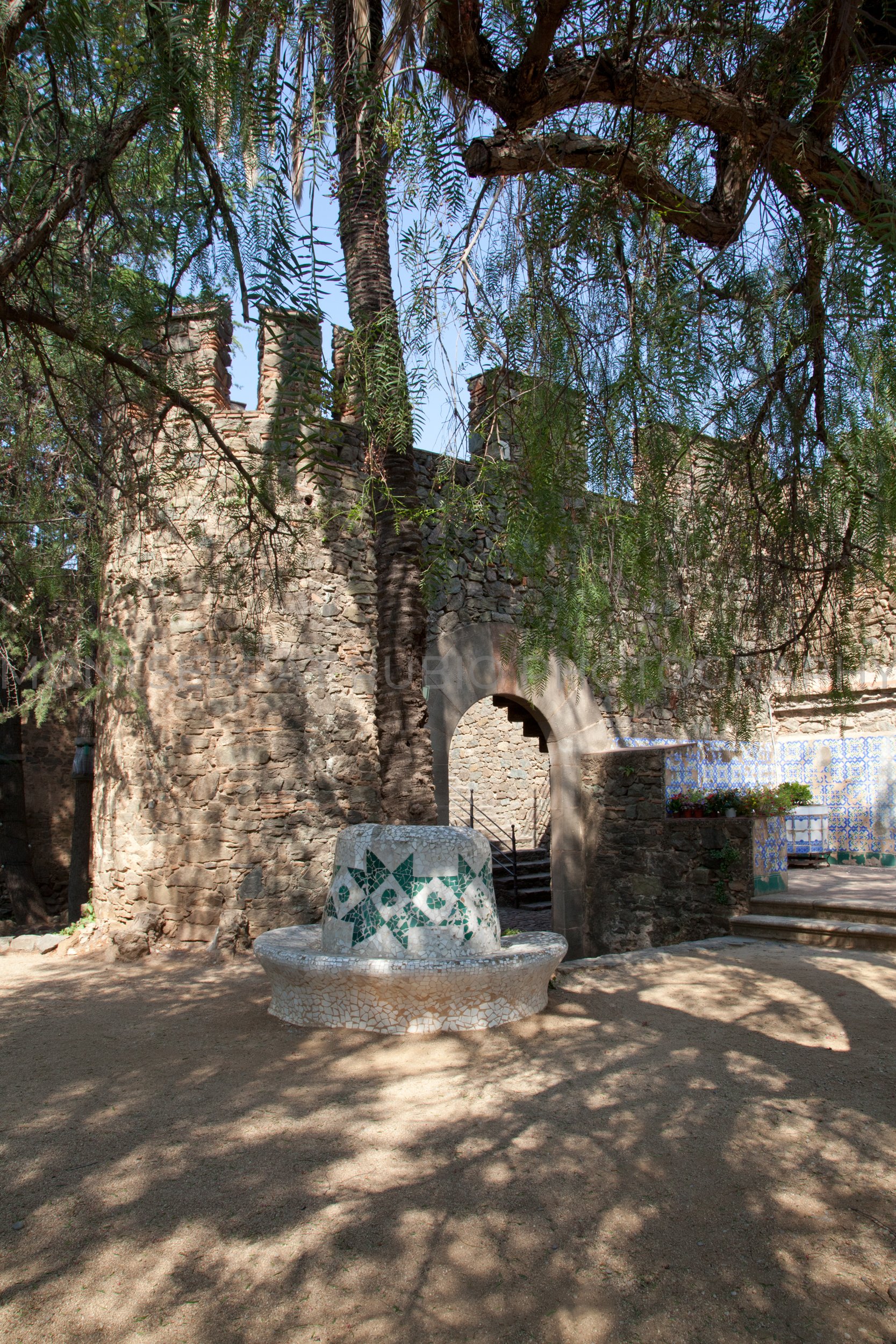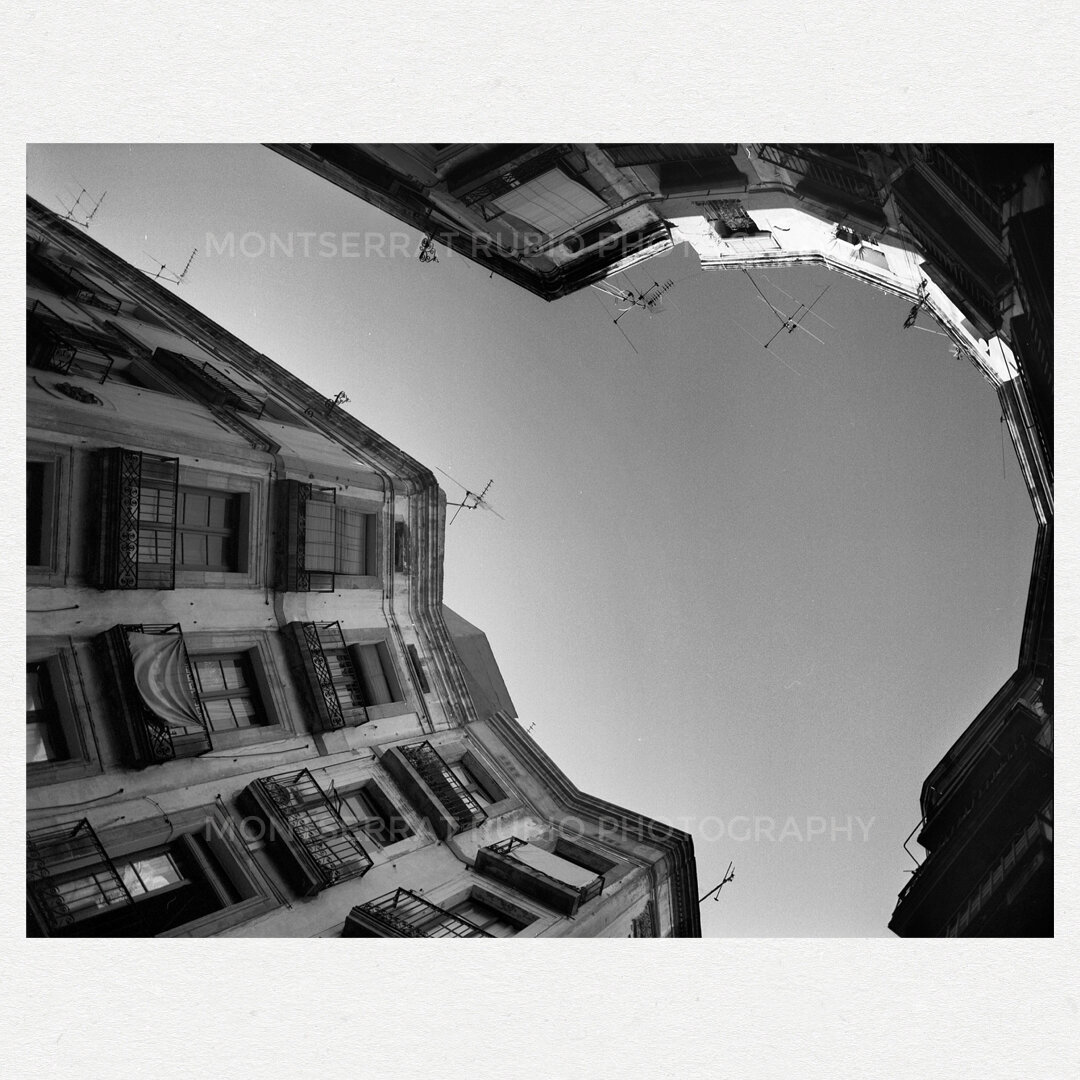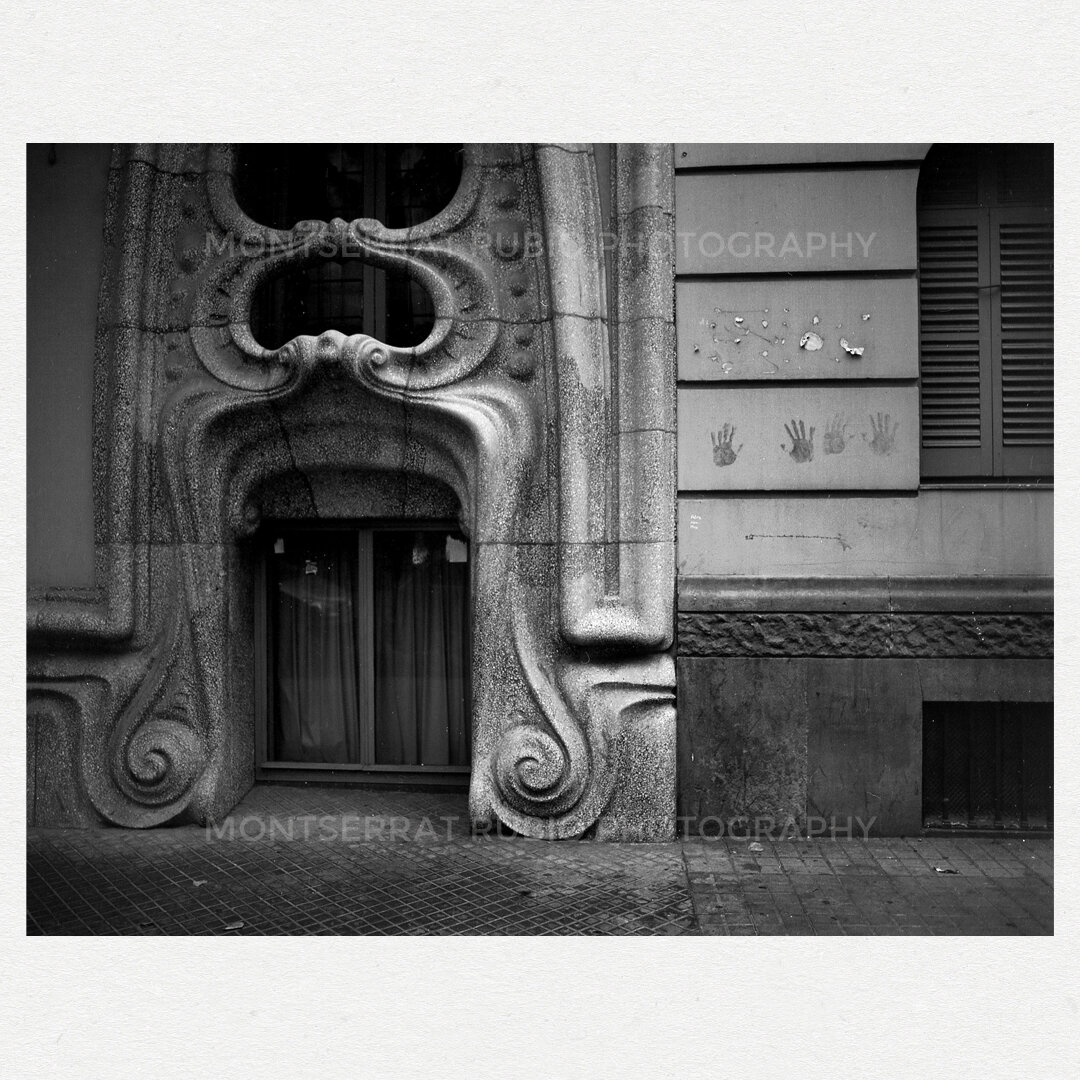Today more than ever, anyone can deceive with a photograph, with a life, with a story. But if the person deceiving is an expert in the matter, then the lie becomes so spectacular that it can even mutate in and with reality.
I recently discovered a talk by photographer Joan Fontcuberta recorded at the Biennale Di Fotografia di Bologna in November 2017. The talk was entitled "Project X.B/ Dispel the legend of Vivian Maier"
screenshot / lalulula TV channel on Youtube
In this talk, Fontcuberta begins: "I understand that those who have been curious to come and listen to me have seen the exhibition that I am currently presenting at Palazzo Boncompagni and they already know what I am like (laughs) ehh... my strategy consists of using fake as a mechanism, not to deceive but to make a pedagogy that reveals the tricks of deception, the mechanisms of deception and therefore helps the viewer to react critically to the avalanche of images that assail us today and that many times they leave us plunged into a climate of great confusion, of great uncertainty. To what extent should we trust or doubt the images"
He continues with the topic of Fake News and Post Truth and as an example he presents several of his many past projects throughout his career where he says he is "fighting" against this problem.
Joan Fontcuberta (Barcelona, 1955) is a renowned conceptual artist and essayist, winner of the Hasselblad Award in 2013, among others, and with permanent work in important museums around the world. At a very young age, he wanted to be a photojournalist, at a time when these were some kind of heroes who placed themselves in the center of the news with analogue cameras in hand and showed the world the truth through their eyes. An accident in the laboratory damaged his left hand beyond repair and it was then that his photography became an artistic expression. As the son of a publicist, his career had a promising start. He was professor at the Faculty of Fine Arts in Barcelona in the early eighties, when his artistic works were already part of the collections from MOMA or the Art Institute of Chicago.
Herbarium, © Joan Fontcuberta
Fontcuberta is an illusionist. In his works he explores and raises the meaning of the authenticity of photographic art and its history with very ingenious methods. In works like Herbarium, Fauna or Sputnik with the latter he "sneaked" into very popular TV show, with the story of the Russian astronaut from his project told as true. Fontcuberta manipulates the viewer with false images of a created reality, which he reinforces with a fictional story about the protagonist of the project, the photographs and their provenance
Sputnik, © Joan Fontcuberta
In the 2017 talk, Fontcuberta spoke about the X.B project, which was then exhibited at the Biennale and which stands for Ximo Berenguer, a Valencian photographer who died prematurely at the age of 32 and who lived in Barcelona in the 1970s. Berenguer photographed the nocturnal world of cabaret theatres such as The Molino. Berenguer's black and white photos were moments in the lives of dancers, comedians, etc. This exhibition, in addition to the photographer's story, is accompanied by a book, based on a mock up created by the late photographer that he never saw published. Ximo Berenguer is a fictitious character created by Fontcuberta with images that he himself took in the 70s and to date unpublished.
Ximo Berenguer 1977 © Joan Fontcuberta
It is during this talk that he explains the concept of the X.B project and later explains his direct involvement in the alleged "hoax" of Vivian Maier.
Fontcuberta explains: "Eh... Vivian Maier...Well, I have to make a confession, Vivian Maier, I created her, I created her but through techniques that are very easy to explain: First, the fortuitous discovery. In the history of photography, of fictitious photographers, the first step is always a suitcase, a suitcase of negatives, a suitcase full of photos, a meeting in Ali Baba's cave of sorts, anonymous photos that nobody pays attention to and suddenly someone discovers them and realises that in the middle of all that vulgarity there is a treasure, glittering gold. And that was the case for Vivien Maier. I found an archive of more than 100,000 photographs that I found interesting if it was articulated well, the viewing device and the assembly, the context of promoting the work. But I couldn't do that directly, if that work was associated with my name, suspicion and misgivings would immediately have been created. Therefore, I needed a figurehead, I needed a historian, a trusted figure who would stand up for me. So I asked a colleague that I have in Chicago to act as if he were a historian, a writer who was looking for images of Chicago to write a book and to follow the instructions that I gave him. That was really very easy to do, simply to the extent that we began to sell editions and convince collectors, gallery owners and museums...well, we set up a small business, a small business that consists of selling the VIVIAN MAIER brand as an author of street photography, as a revelation, as someone who has been underground , that we had to dress it up with an interesting story, in this case it is the story of Mary Poppins, a nanny, a baby sitter who works in Chicago who takes care of a family, who comes from a humble background but who has a great culture, a great vision, and who has an obsession to favour the world around her with her Rollei camera".
Undated, © Vivien Maier
"She travels everywhere with her camera, taking photos, but they are photos that she keeps and no one sees. Until we, the team behind it, discovered it and began to spread it, then Vivian Maier made a bestseller, a star that only now are we beginning to recognise that the authorship is ours, that it is a fake operation to show that precisely the ease with which we can build authors, like authorship, is basically nothing more than a manufacturing process ideological, cultural and economic.”
“Another similar case, with which we have not had success like that of Vivian Maier, but it is not bad, is about Charles Jones. Charles Jones is a photographer who was English Lord’s gardener, this is the story that we have sold. His archives were also found in Portobello Road, in a London market, etc., in a shoe box… so there were some incredible images that this gardener made of the gardens, of flowers, of vegetables, that he took the photographs in his free time when he wasn't working...theoretically Charles Jones was born in 1866, therefore these are photographs that precede Edward Weston by 20 years, Imogen Cunningham, Karl Blossfeldt, they are great photos but they anticipate history by 20 or 30 years..."
Imperial Cabbage c1900 , © Charles Jones
Fontcuberta continues, showing and explaining other of his "hoaxes" and how he has produced them with the help of his collaborators and further clarifies that "...It is not about laughing at or ridiculing cultural journalism or the media, but more about showing how easy it is to build an author, there are many authors with great quality, why suddenly one of them stands out and becomes a meteoric prodigy in the art market? Well, pure marketing, pure branding. There are a series of techniques that are used in the art market as they are used in the market for anything else, therefore one must be attentive, not only to the recognition, to the fame of these authors, but also to the mechanisms with which they have come to exalt"
And finally concludes. "If we do not start with a self-criticism regarding our own world, the criticism that we can make of the rest will not have any validity, it will not have any solidity, it will not make any sense. Therefore we must be able to see the problems, the fissures , because if we do not see them, we are not aware and we will not know how to solve them"
Vivian Maier, born in New York in 1926, was real. There are census documents from the Bronx in 1930 and 1940 to prove this. There are other documents available to the public, such as a passenger on a ship from France in 1951 and her death in 2009. Her family tree also appears on the Family Search page. I have not found anything demonstrable about her private or professional life, except the information that everyone knows on Wikipedia, her official page and various channels that repeat the same data that John Maloof, her supposed discoverer, already reveals to us in his documentary Finding Vivian Maier. Is Vivian Maier, the girl born in N.Y in 1926, the same street photography genius Vivian Mayer who made a living as a nanny? Did she take the 100,000 photographs that Fontcuberta claims to have acquired? Or maybe they belong to someone anonymous who later took shape as Vivian Maier, the iconic and fictional woman that Fontcuberta invented, borrowing the name and some photographs of a real but unknown woman?
What about her self-portraits? Surely those are authentic. This woman is Vivian Mayer and perhaps many of the images we know of were made by her on the streets of Chicago.
Self - portrait © Vivien Maier
If Fontcuberta is not lying (and I find it hard to believe him), it is very likely that Vivian Maier was a talented nanny fond of photography, but too modest and lacking in resources or initiative to show her work. Is it possible that Fontcuberta found a large archive of photographs by an anonymous photographer and mixed these with those taken by Maier herself, creating a "Frankenstein" collection of work under the artist name of Vivian Maier?
Bearing in mind that Fontcuberta is a wizard of manipulation, if he has not "created" Maier and mentions her with the mere intention of confusing the public even more, I don't understand his purpose. He has been presenting projects based on the concept of deception for 4 decades, what does Vivian Maier have to do with this unless is true?
If he is falsely “confessing" that Maier is his product, then is a somewhat perverse provocation. How is it that Maloof and the team that watches over Maier's legacy and copyright have not publicly replied? I am not aware that Fontcuberta's statements in November 2017 have been admitted or denied by them in any publication. Are they silent because they grant this fact as they are all part of the same "team"? Or is it simply because the joke amuses them?
Fontcuberta’s statement doesn’t seem to have been taken seriously in any outlet, I have not seen any article or reference to Fontcuberta's authorship of Vivian Maier, except his own words.
I am not a street photographer, I have never felt inclined to go around a city with a camera hanging of my neck, hunting for strangers doing their thing. In fact, I only did it once on a visit to Barcelona, as a self imposed exercise to get out of my comfort zone. This was as a student in the nineties, coincidentally at the time I was working as a nanny for a family in Buckinghamshire (yes I have something in common with Vivian Maier).
Las Ramblas, 1995 © Montserrat Rubio Lobato
Carrer del Vidre, 1995 © Montserrat Rubio Lobato
Plaça Sant Lu 1995, © Montserrat Rubio Lobato
However, I am fascinated by the work of many street photographers. The first time I saw Vivian Maier's photographs it left me with a bittersweet feeling, something between admiration, anger and hear-break. I found his photographs as amazing as her story,simply incredible. How is it possible that a woman with such skill could have died without recognition, not to mention wealth? Apparently now some distant cousins are fighting over the rights with their "discoverers" to get the best slice of the Vivian Maier brand cake.
Whether Vivian Maier's work is real or invented, it is already a cultural icon with its own street in Paris, infinitely more famous than Fontcuberta himself. Perhaps this is the story of an inventor who creates a perfect and exquisite monster that got out of hand. Maybe it's too late to tell us that Vivian Maier isn't real.
Who can believe Joan Fontcuberta? I think that if he wants to prove that he is the author, he will have to provide credible evidence, in addition to his word.
If he is not lying, this would undoubtedly be his great masterpiece, surpassing Duchamp's urinal.
Just a few weeks ago he was interviewed on the podcast of photographers Inma Barrio and Leire Etxazarra "El espejo de Vivian y Francesca" (in honor of Vivian Maier and Francesca Woodman)
Leire Etxazarra: "...Today we want to clarify that doubt... What about Vivian Maier? Is it your invention? (laughs) Is it real? This is the place to clarify it, Joan"
Joan Fontcuberta: "If I answered with very direct statements, the mystery would vanish. (…) no, you don't have to renounce that part of uncertainty and fantasy, right? What is evident is that Vivian Maier is an invention. Now, who is the author of that invention, I leave that for each listener to interpret it in their own way"
So, what do you think?:
Is Maier a partial or total invention of Joan Fontcuberta that has gotten out of hand?
Is it a lie, another provocation from the artist?
Montserrat Rubio Lobato











